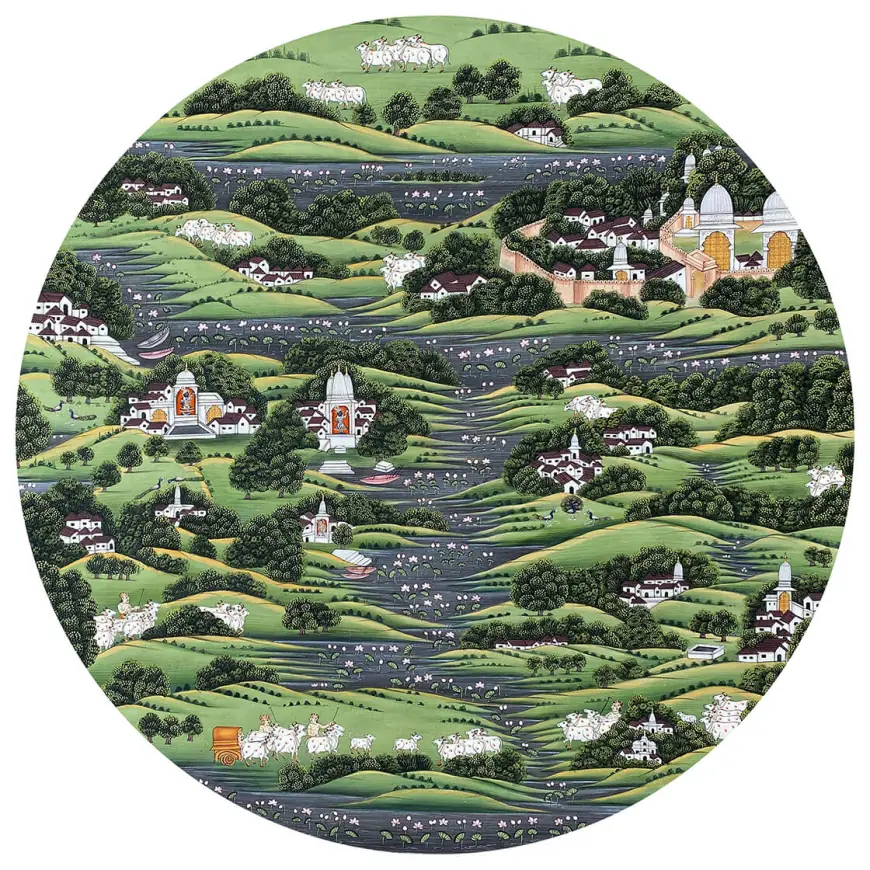Temple Painting Designs: Sacred Stories in Artful Detail
Temple Painting Designs beautifully blend devotion and art, adorning temple walls with vibrant colors and intricate details. These timeless creations narrate mythological stories and preserve India’s spiritual heritage.

Temple Painting Designs were an imperative part of India’s cultural and religious traditions for centuries. These works of art decorate the partitions, ceilings, and sanctuaries of temples, transforming sacred areas into colourful tales of faith. Made using herbal pigments and pleasant detailing, every design consists of deep symbolism rooted in Hindu mythology and spiritual ideals. From colourful depictions of gods and goddesses to problematic floral and geometric styles, temple art work create a divine atmosphere that evokes worshippers and art lovers alike.
History of Temple Painting
The history of Temple Painting Designs dates lower back to historical times while artists painted temple interiors to honor deities and illustrate stories from sacred texts. Epics like the Ramayana and Mahabharata, as well as local folklore, have been commonplace subject matters. These paintings had been now not simply ornamental; they served as visual publications for devotees, supporting them connect with religious teachings. Over centuries, regional versions advanced, mixing local way of life and patterns into the conventional artwork shape.
Artistic Features of Temple Painting Designs
One of the maximum hanging elements of Temple Painting is their vibrant colors and intricate info. Artists historically used herbal pigments made from minerals, plants, and other natural resources, which gave the artwork longevity and depth. Common motifs include divine figures, celestial beings, animals, birds, plants, and sacred symbols. Whether painted on partitions, ceilings, or pillars, every design is cautiously composed to decorate the religious electricity of the temple area.
What's Your Reaction?
 Like
0
Like
0
 Dislike
0
Dislike
0
 Love
0
Love
0
 Funny
0
Funny
0
 Angry
0
Angry
0
 Sad
0
Sad
0
 Wow
0
Wow
0



















































